The province's sea area has favorable natural conditions, abundant and diverse aquatic resources with large reserves, rich in species, and high economic value. In recent times, the province has implemented many programs and plans... to maximize this advantage, moving closer to the goal of becoming a province with strong development in marine and island economy of the Mekong Delta region as well as the whole country.
Affirming the position of exploitation and cultivation
Implementing the spirit of the resolution, a series of tasks, solutions, programs, specific projects and resources have been deployed and arranged to sustainably develop the province's marine economy. Currently, the field of marine fisheries exploitation contributes greatly to socio-economic development.
According to Mr. Chau Cong Bang, Deputy Director of the Department of Agriculture and Environment, for many years, aquatic product exploitation has always held an important position in the aquatic product sector. The average annual exploitation output is more than 230 thousand tons, accounting for more than 1/3 of the total aquatic product output. In particular, this profession also creates jobs for tens of thousands of workers in and outside the province, as well as promotes the development of other logistics service industries.

Marine exploitation annually brings in about 230 thousand tons of various aquatic products, contributing significantly to the socio-economic development of the province.
In order to facilitate economic development for the people, many fishing infrastructure systems have been invested and put into use. Currently, the province has 5 fishing ports, of which 2 have been announced by the Ministry of Agriculture and Environment as designated fishing ports with adequate systems to confirm the origin of aquatic products from exploitation. At the same time, with 4 anchorage areas with a total capacity of up to nearly 1,400 fishing boats, basically meeting the needs of fishing boats to return to anchor safely and take shelter when storms occur.
In Song Doc town (Tran Van Thoi district), the marine economy is one of the resources that has contributed significantly to the construction of a bustling coastal urban area, with a series of factories, enterprises, especially processing, freezing, shipbuilding factories and fishery logistics service industries that have been invested in and built in the area. Not only that, in recent times, the potential and advantages of tourism here have also been continuously exploited. Mr. Ho Song Toan, Vice Chairman of the District People's Committee, said that the district is continuing to plan and renovate business activities, trading and services for tourism. At the same time, building connections to tourist destinations in the district such as: Hon Da Bac, Memorial Site of Folklore Artist Nguyen Long Phi (Uncle Ba Phi), Thi Tuong lagoon; promoting the value of the Song Doc Whale Festival, the potential of sea and island tourism...
Currently, at Song Doc, the Monument cluster commemorating the 1954 Northward Train has just been completed, combined with the West Sea Dike, the Tac Thu - Vam Da Bac route, the Tac Thu - Song Doc route, the Song Doc South bank route, the bridge over Ong Doc River,... all creating a continuous connection, which is a condition for developing tourism, eco-tourism, sea and island tourism and transport of goods.
With a coastline of over 254 km and coastal areas surrounded by mangrove forests, forming a buffer zone between the sea and the mainland; the coastal area of the province has tidal flats suitable for raising mollusks. The island clusters of Hon Khoai, Hon Chuoi, and Hon Da Bac are suitable for developing marine aquaculture. In recent times, marine and coastal aquaculture has also gradually received investment attention. Specifically, around Hon Chuoi island, there are currently 33 households raising cobia with 75 rafts; Dat Mui commune has about 28 hectares of clam farming with an output of about 400 tons/year. In addition, there are about 1,150 oyster cages on rivers, canals, and coastal areas, annually supplying the market with an output of 250-300 tons. Mr. Chau Cong Bang said that the province is currently continuing to conduct surveys on seafood species such as mollusks, marine fish, brackish water fish... living naturally in coastal and island areas that are capable of being farmed, to identify suitable farming species, opening up many new farming species to help coastal fishermen develop their economy as well as protect sustainable fisheries.
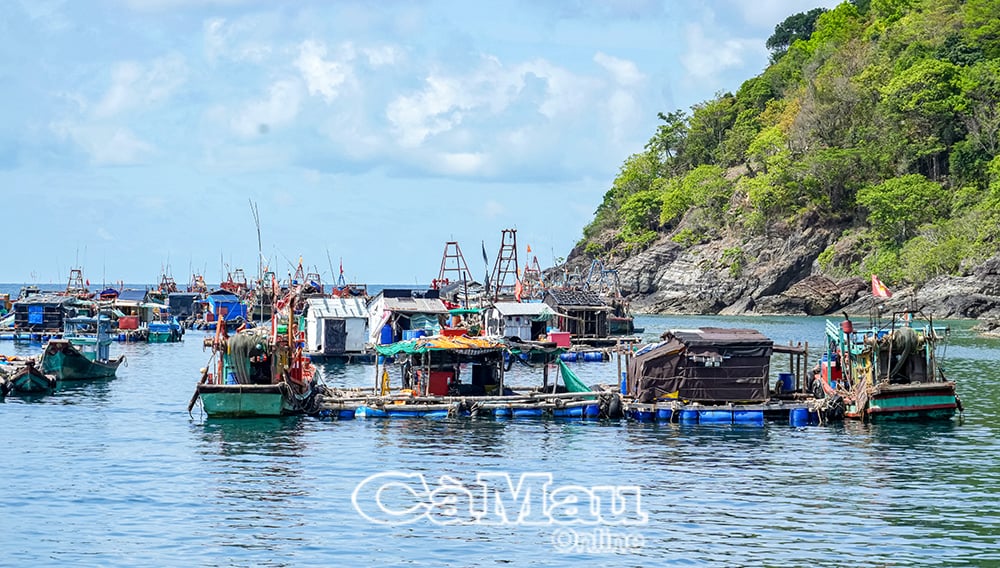
Cage fish farming in Hon Chuoi island area is being developed.
Great potential for renewable energy
With terrain bordering the sea on three sides, sea wind speed from 6-6.7 m per second, sunshine hours of about 2,000 hours per year... renewable energy in coastal areas and at sea is an advantage that the province has been and is continuing to exploit. Initially, this economic sector has brought about efficiency and still has a lot of room to attract investors inside and outside the province.
To date, the province has 14 projects approved for investment, with a total capacity of 800 MW, of which 6 projects have been put into commercial operation with a total capacity of 225 MW. Regarding solar power, the province has 1,217 projects installing rooftop solar power systems, with a total capacity of 111,564 MWp.
According to the plan until 2030, the province will attract investment of about 16,464 MW, with expected power sources being solar power and wind power. According to Mr. Nguyen Duc Thanh, Director of the Department of Finance, the province is developing a project to export electricity from the province's offshore areas, expected to export to neighboring countries such as Singapore, Brunei, Thailand, etc.
In addition, the provincial planning also includes potential wind power areas for development nearshore and offshore connected to the grid. Specifically, nearshore wind power with a total capacity of 3,562 MW is located in the districts of Dam Doi, Ngoc Hien, Nam Can, Tran Van Thoi, Phu Tan and U Minh. Offshore wind power with a total capacity of 5,100 MW is located in the districts of Ngoc Hien, Dam Doi and Tran Van Thoi. The abundant offshore wind power source can be used for export to regional countries, bringing great economic benefits to the province.
Despite having a lot of potential, to become a province with strong development in the marine and island economy of the region, there are still many difficulties and challenges that need to be overcome. Especially in the face of the impact of climate change, the complicated situation of coastal and riverbank erosion, and also from human overexploitation, environmental pollution,...
According to the Master Plan for the development of Vietnam's seaport system in the period of 2021-2023, with a vision to 2050, Ca Mau province has Hon Khoai port, Nam Can port, and Song Doc port. This is considered a highlight to create a breakthrough in socio-economic development, as well as strongly promote the development of the marine economy of the province in particular and the Mekong Delta in general.
Nguyen Phu
Source: https://baocamau.vn/manh-giau-tu-bien-a39638.html


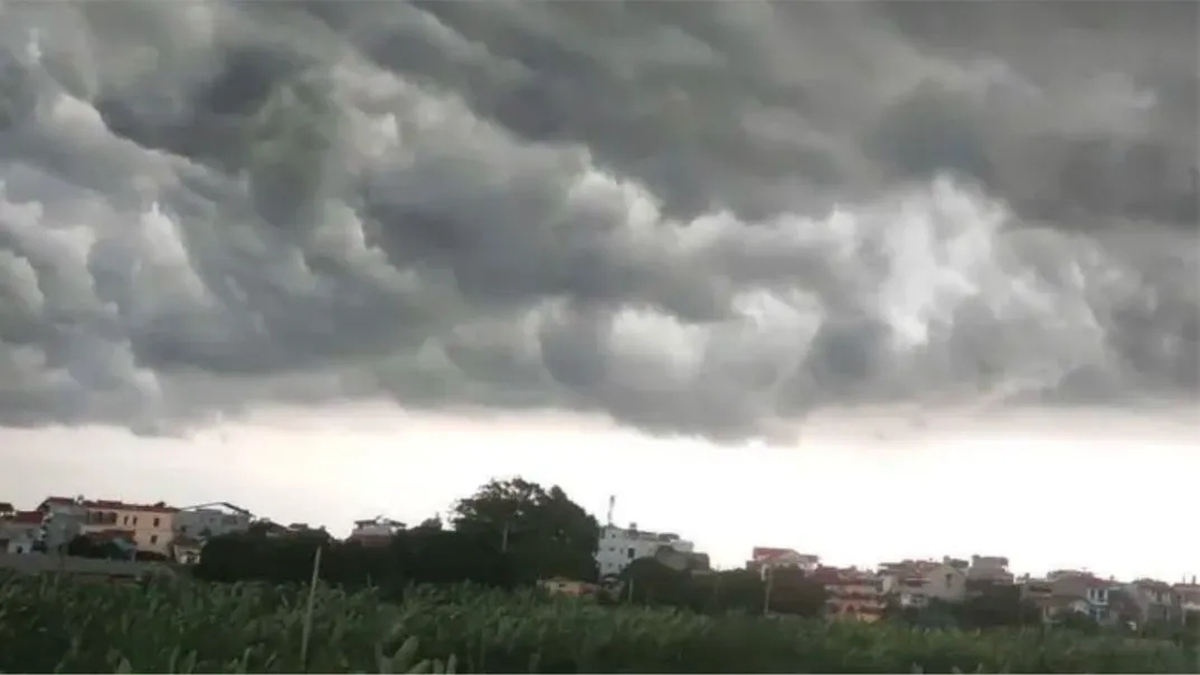
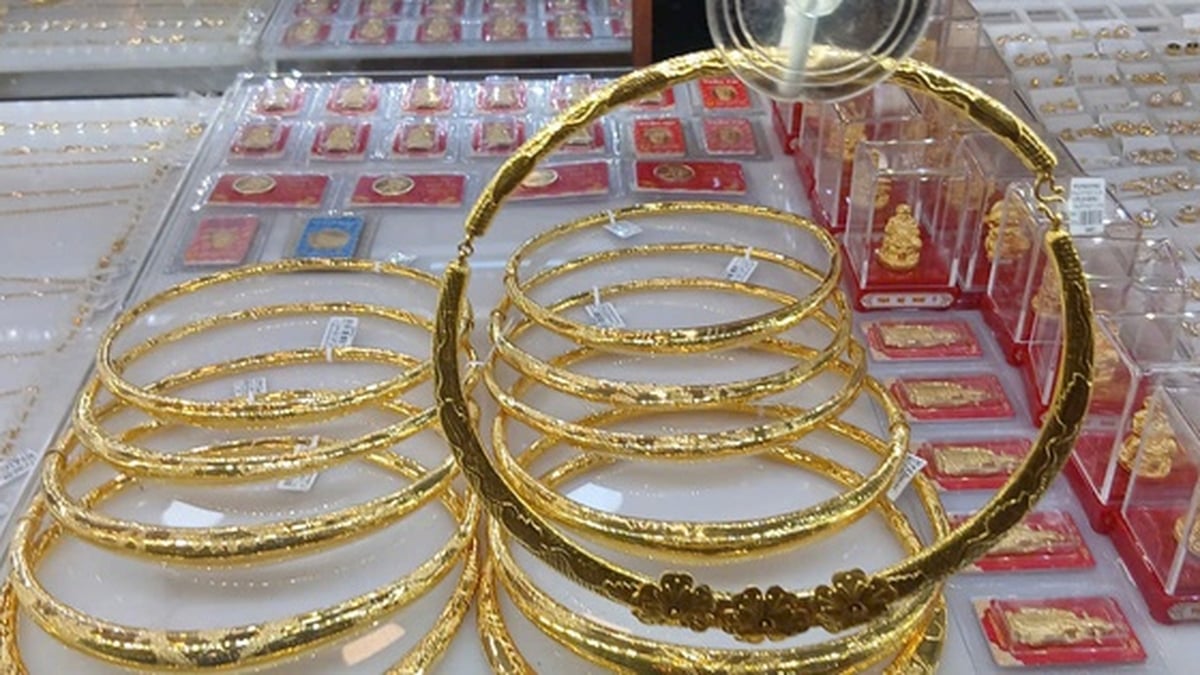
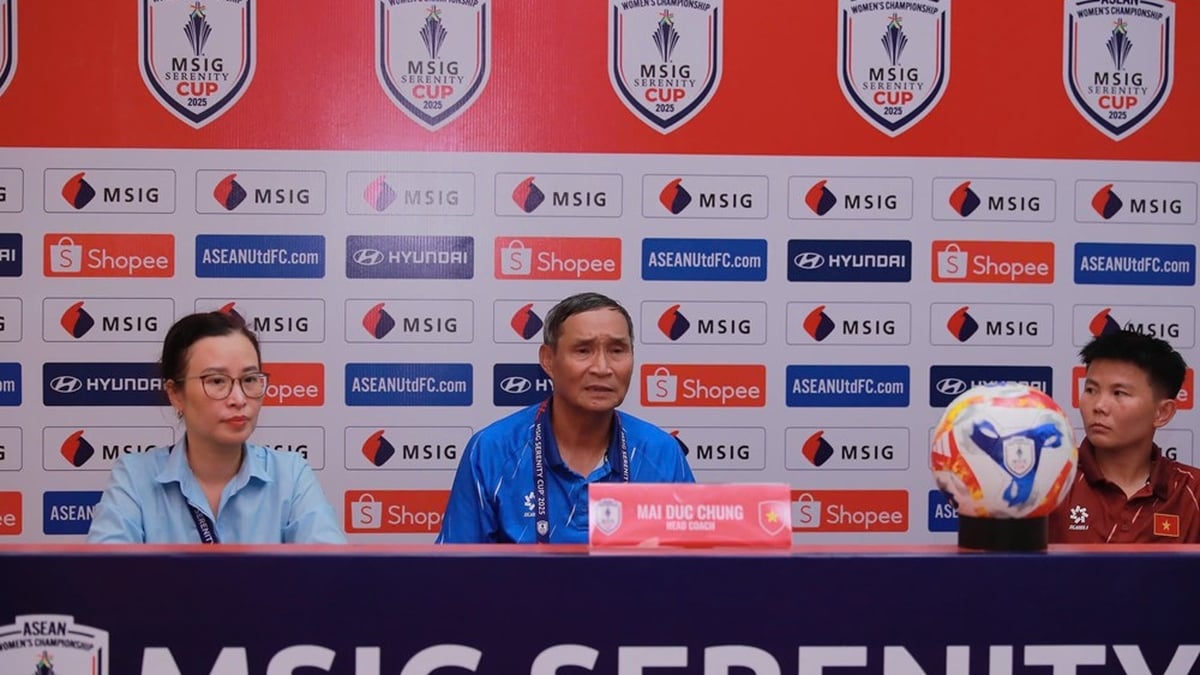
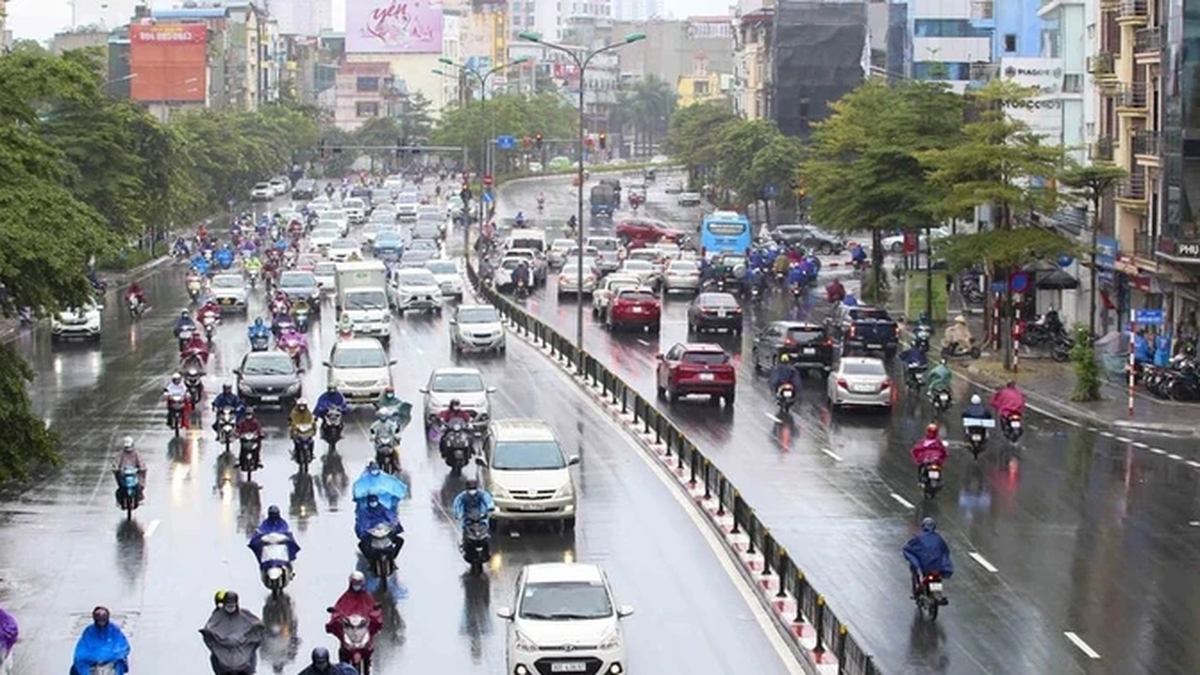

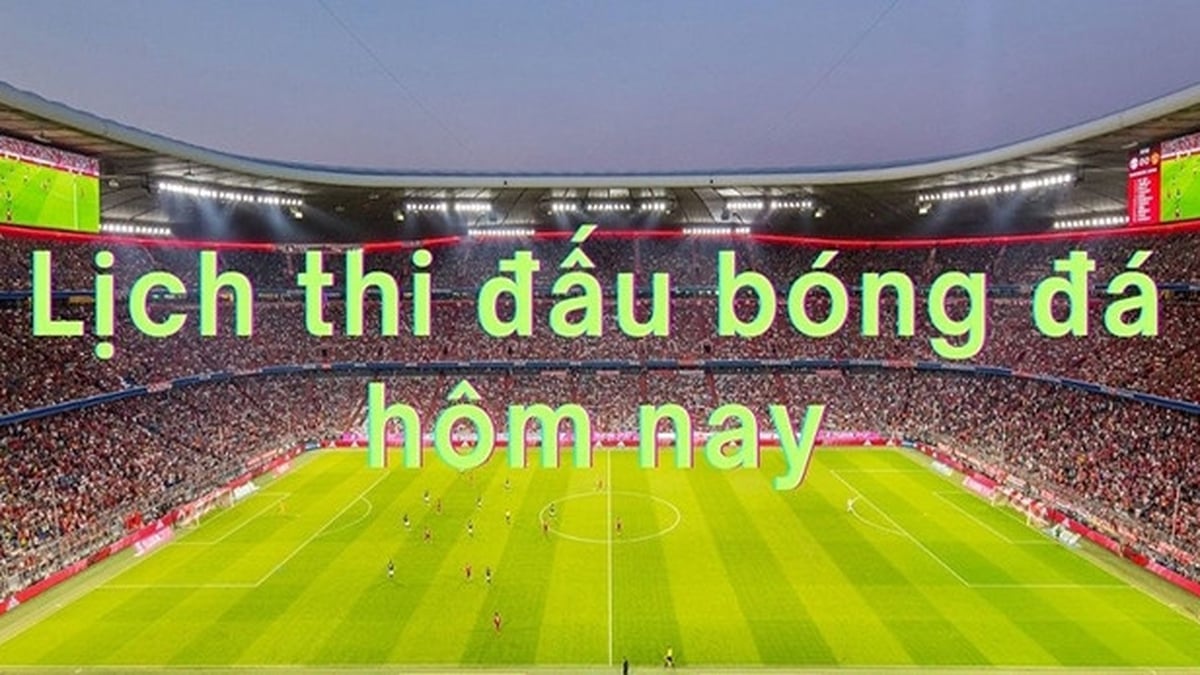
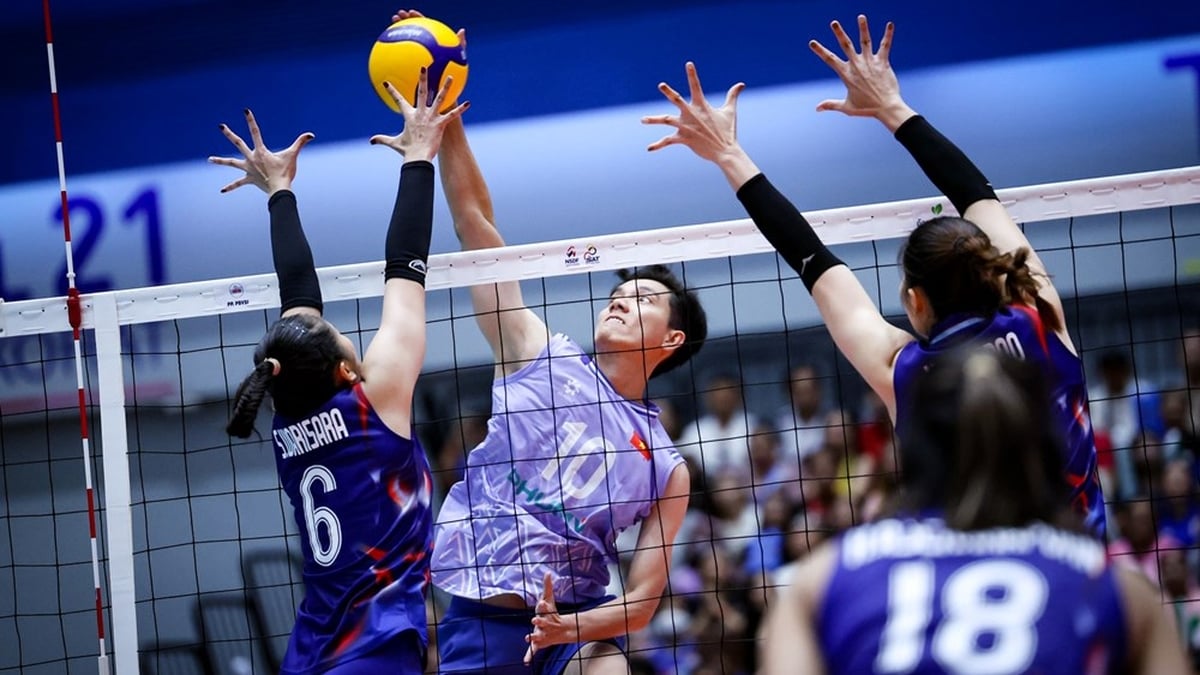
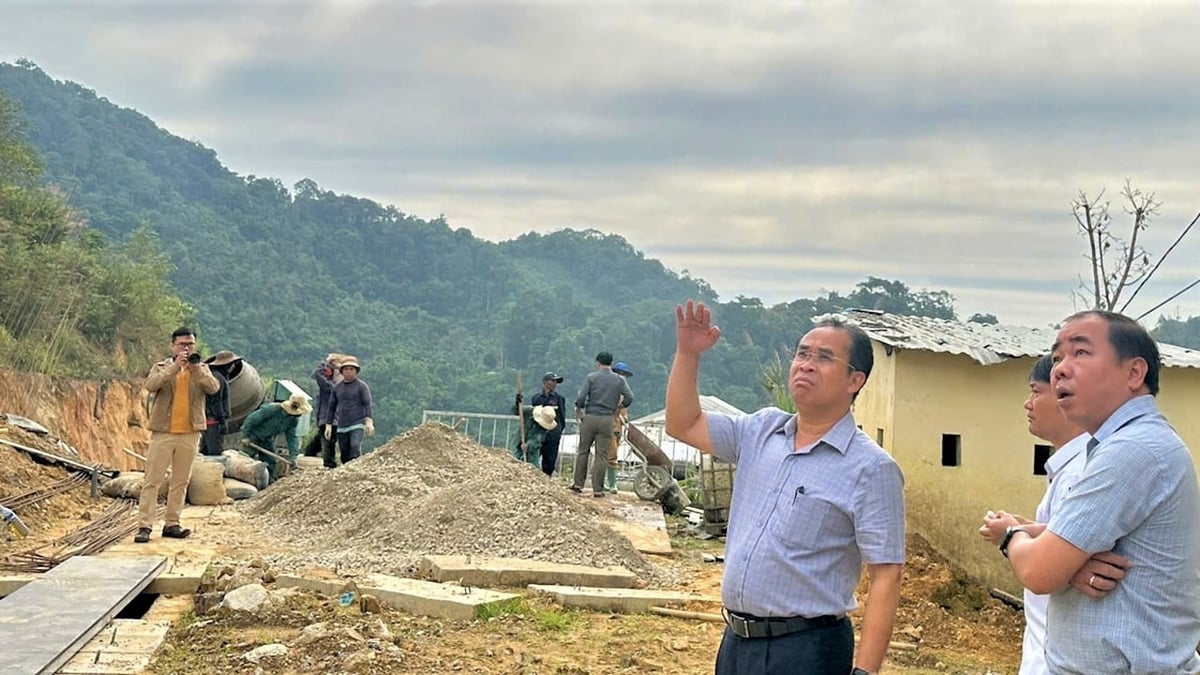
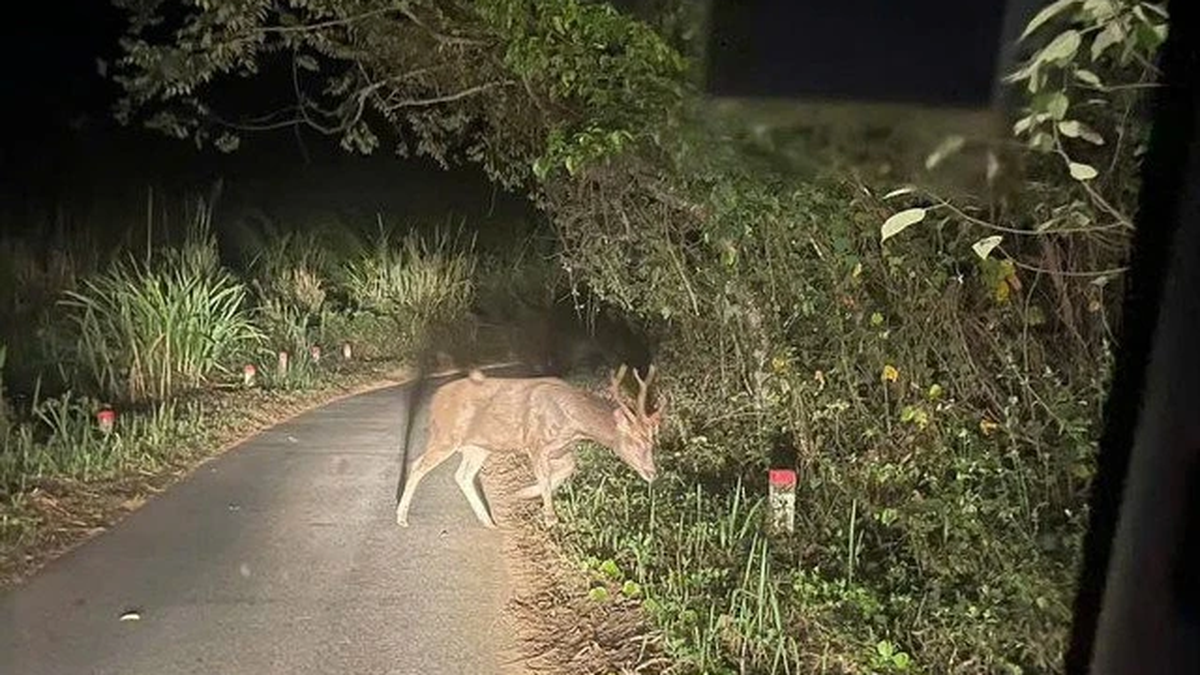


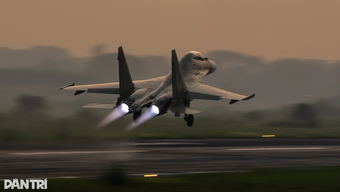









![[Photo] Discover the "wonder" under the sea of Gia Lai](https://vphoto.vietnam.vn/thumb/1200x675/vietnam/resource/IMAGE/2025/8/6/befd4a58bb1245419e86ebe353525f97)
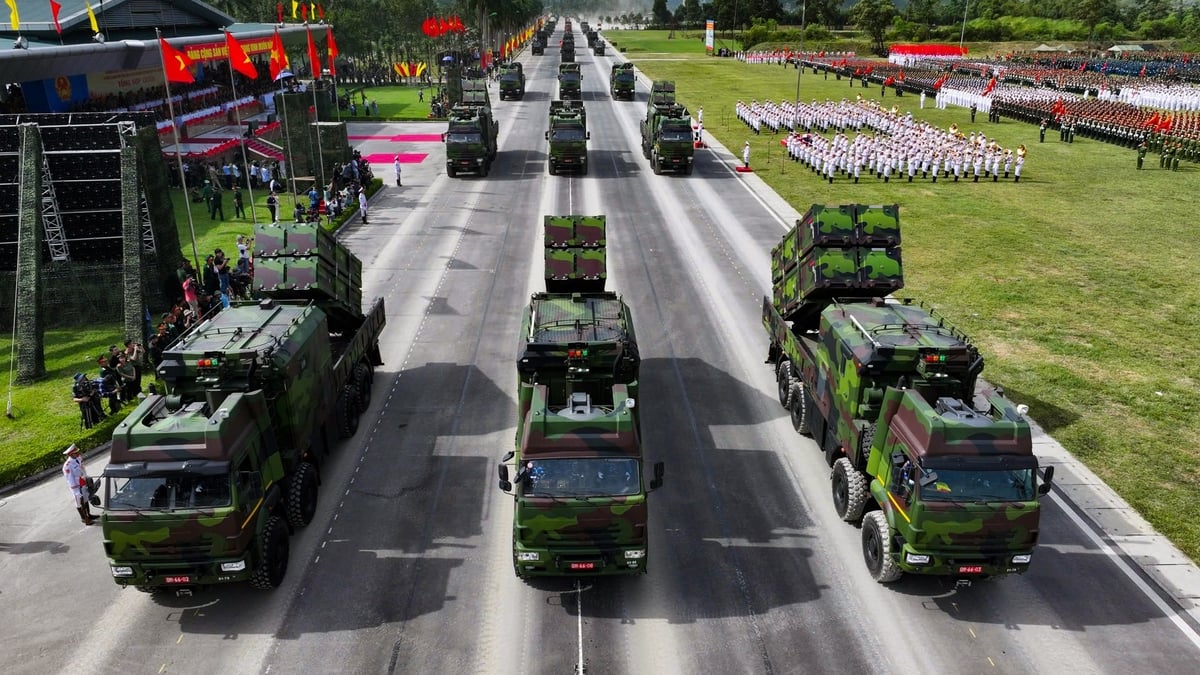
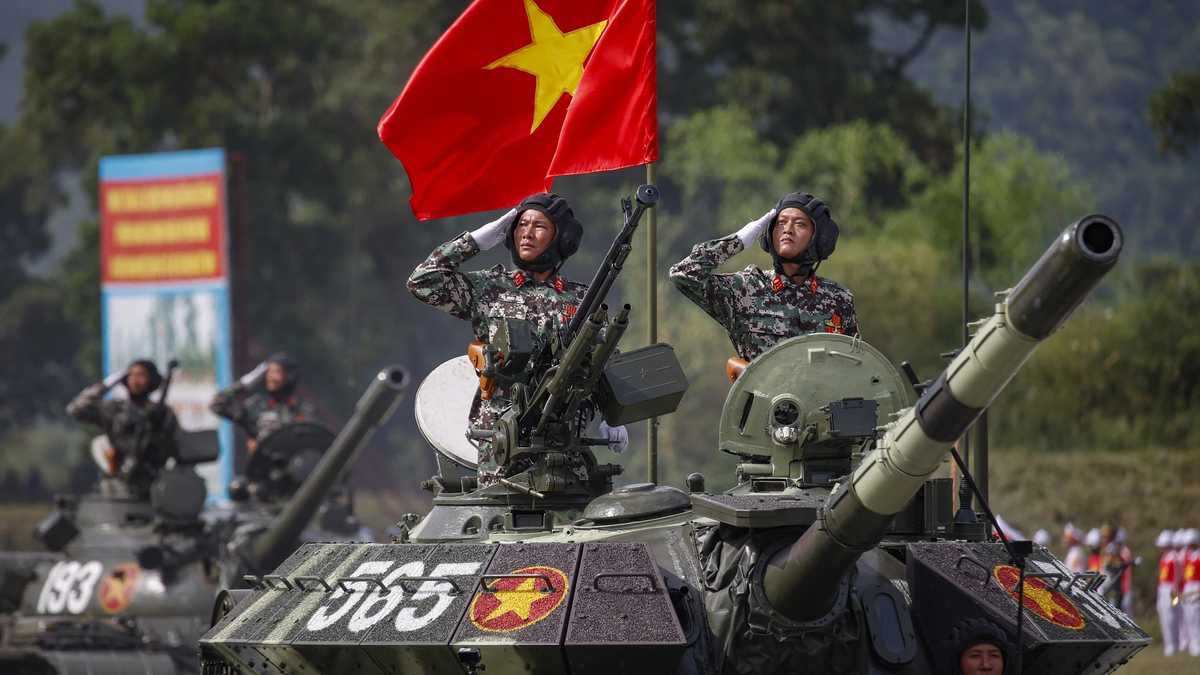
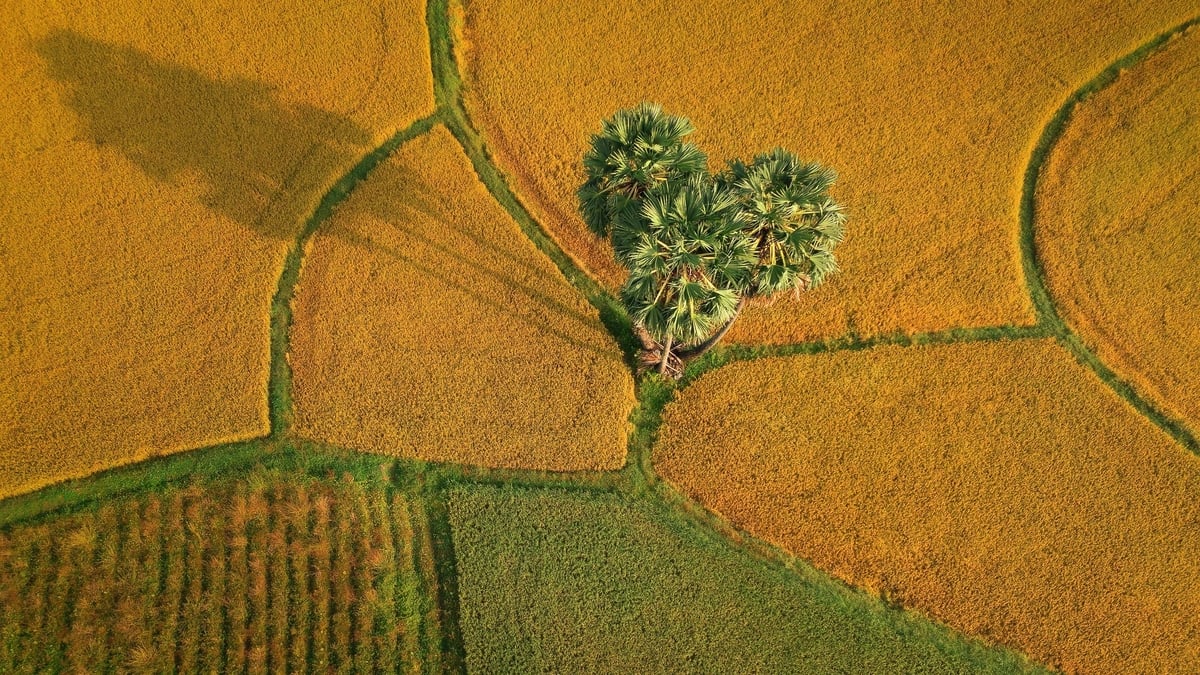
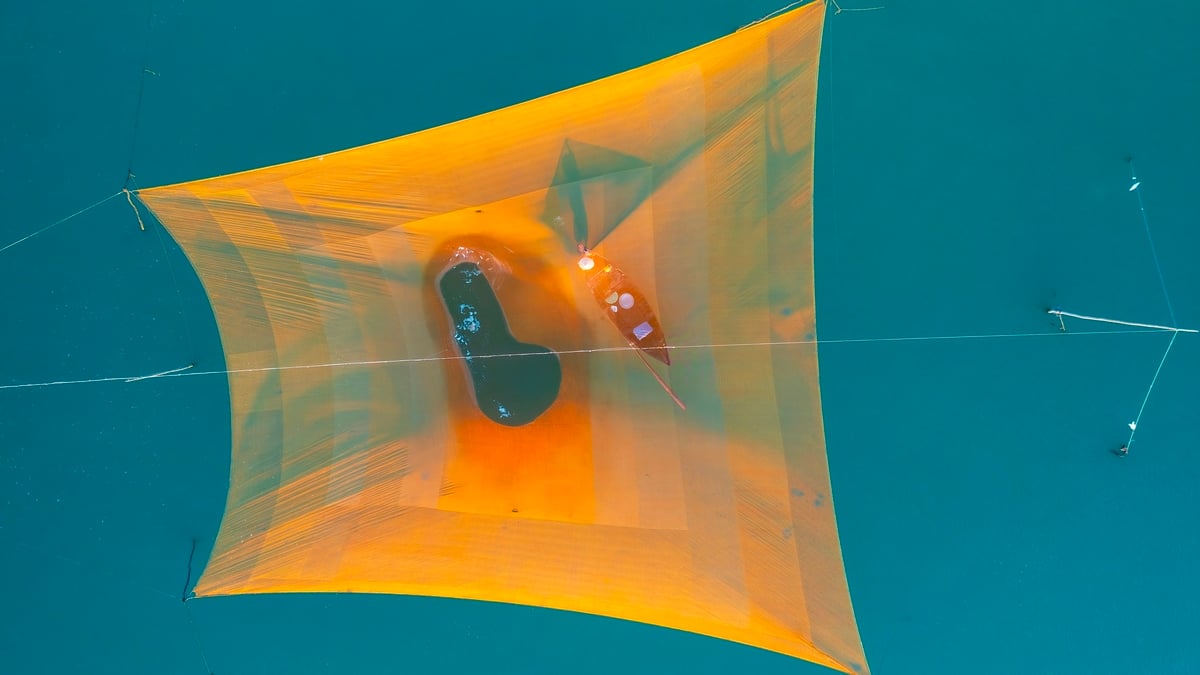
![[Photo] Nghe An: Provincial Road 543D seriously eroded due to floods](https://vphoto.vietnam.vn/thumb/1200x675/vietnam/resource/IMAGE/2025/8/5/5759d3837c26428799f6d929fa274493)



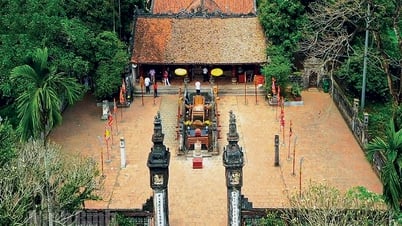

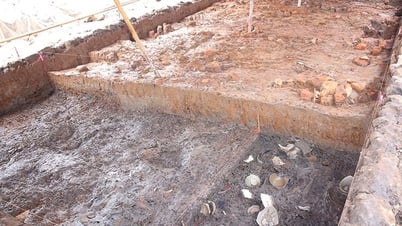

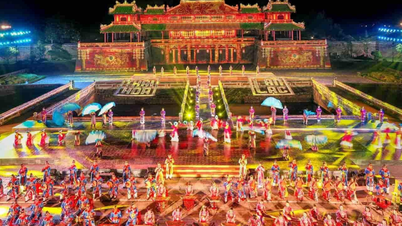



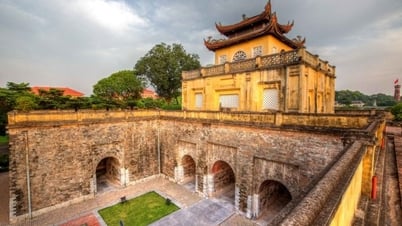

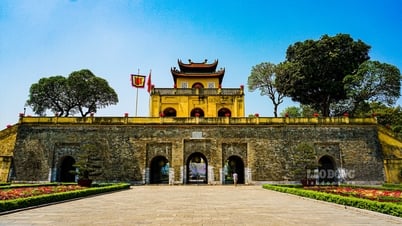

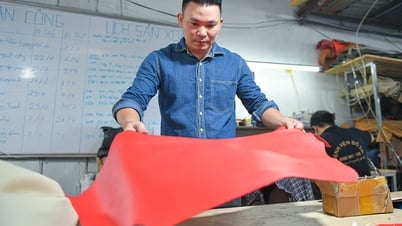




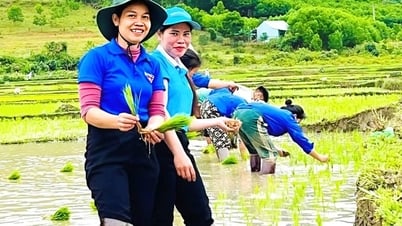




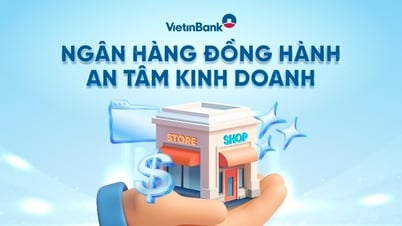

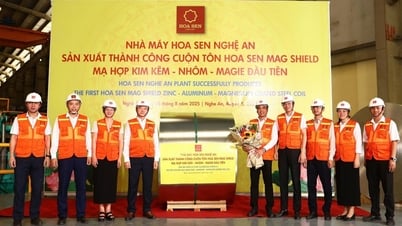


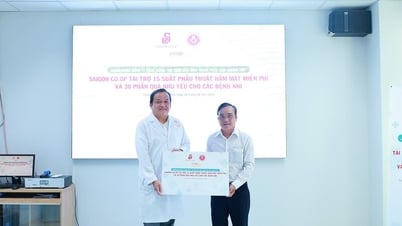

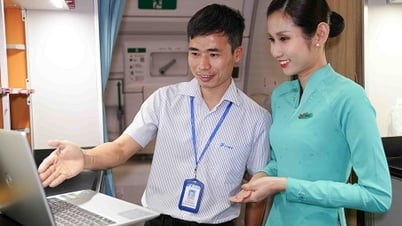
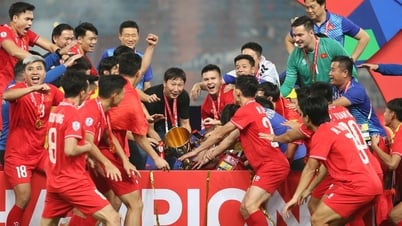
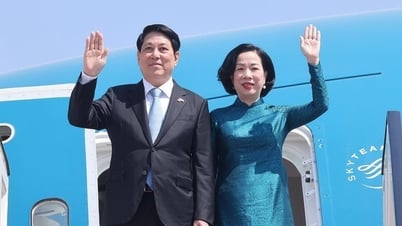

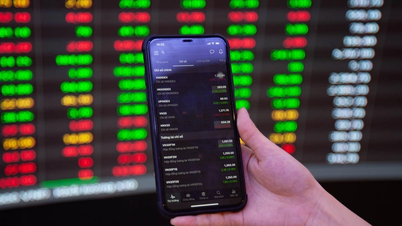
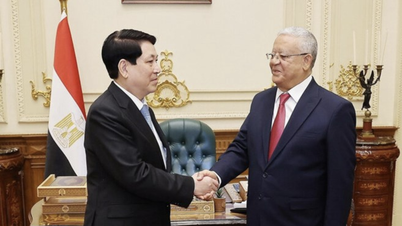

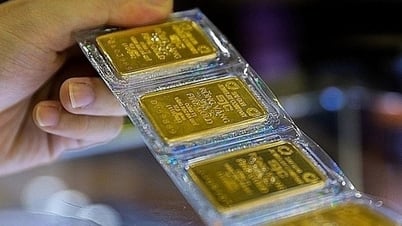


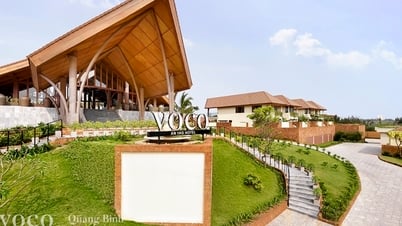
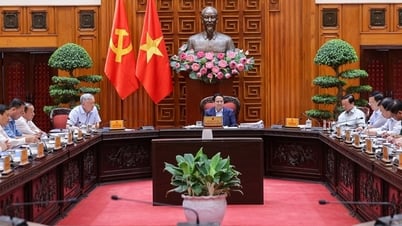
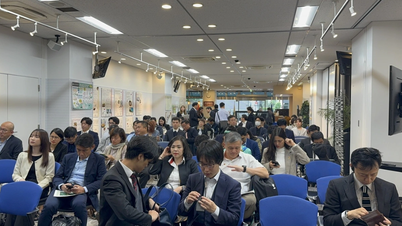


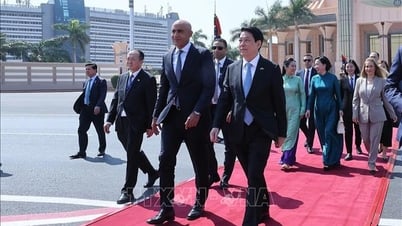









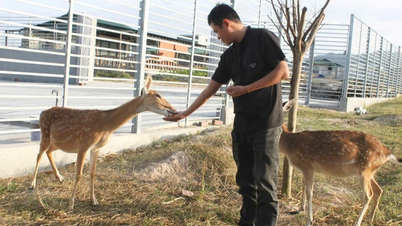

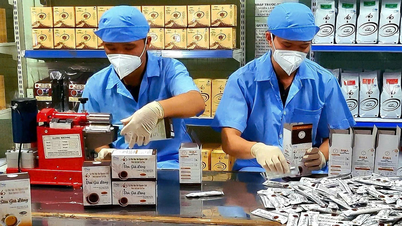





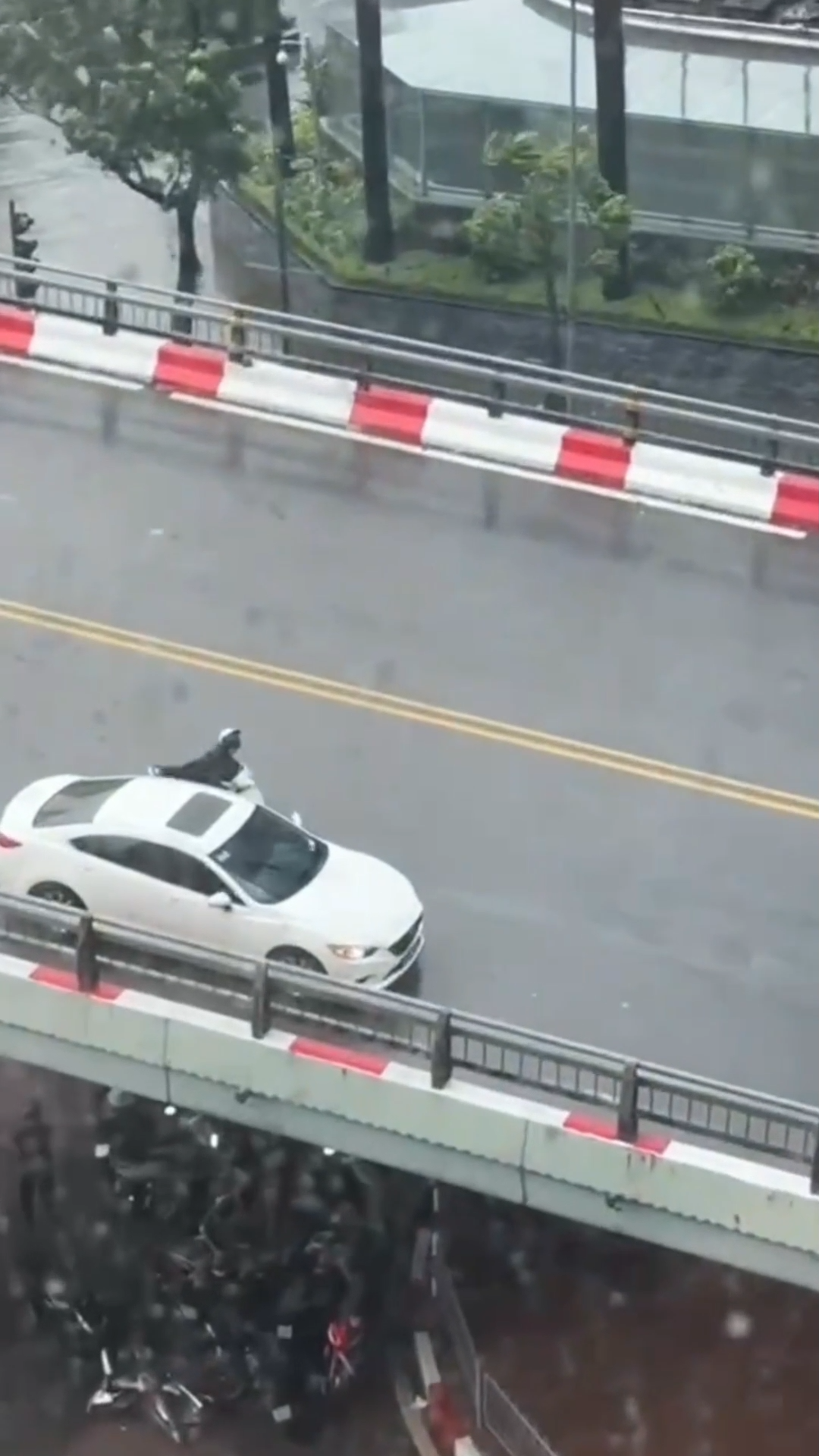
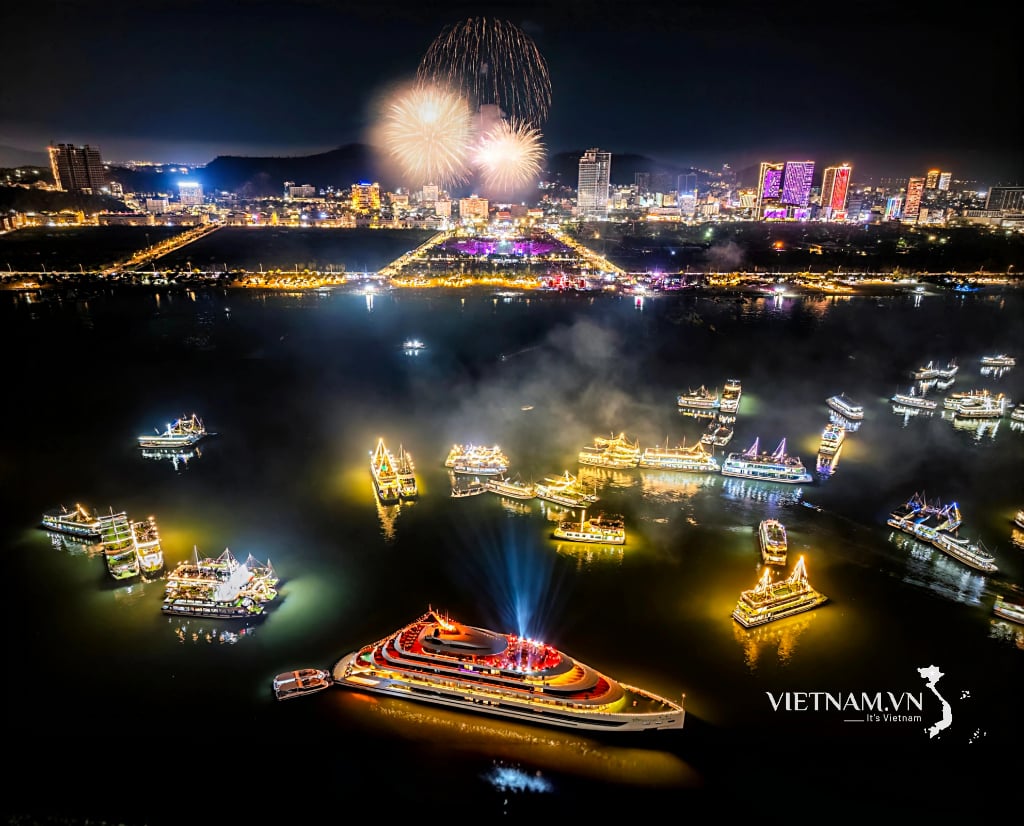
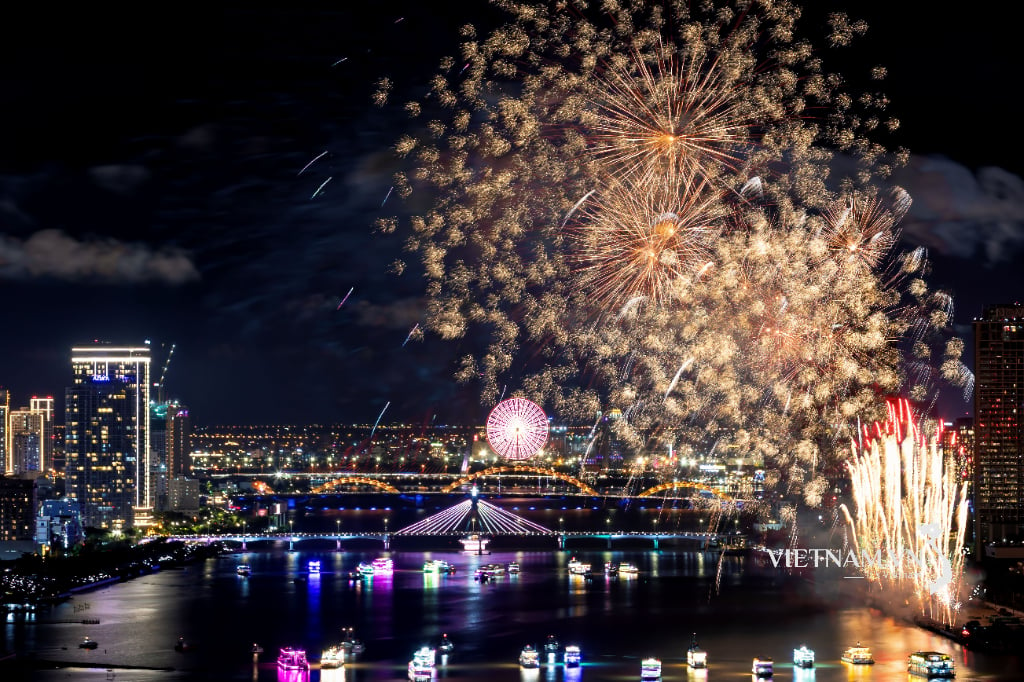
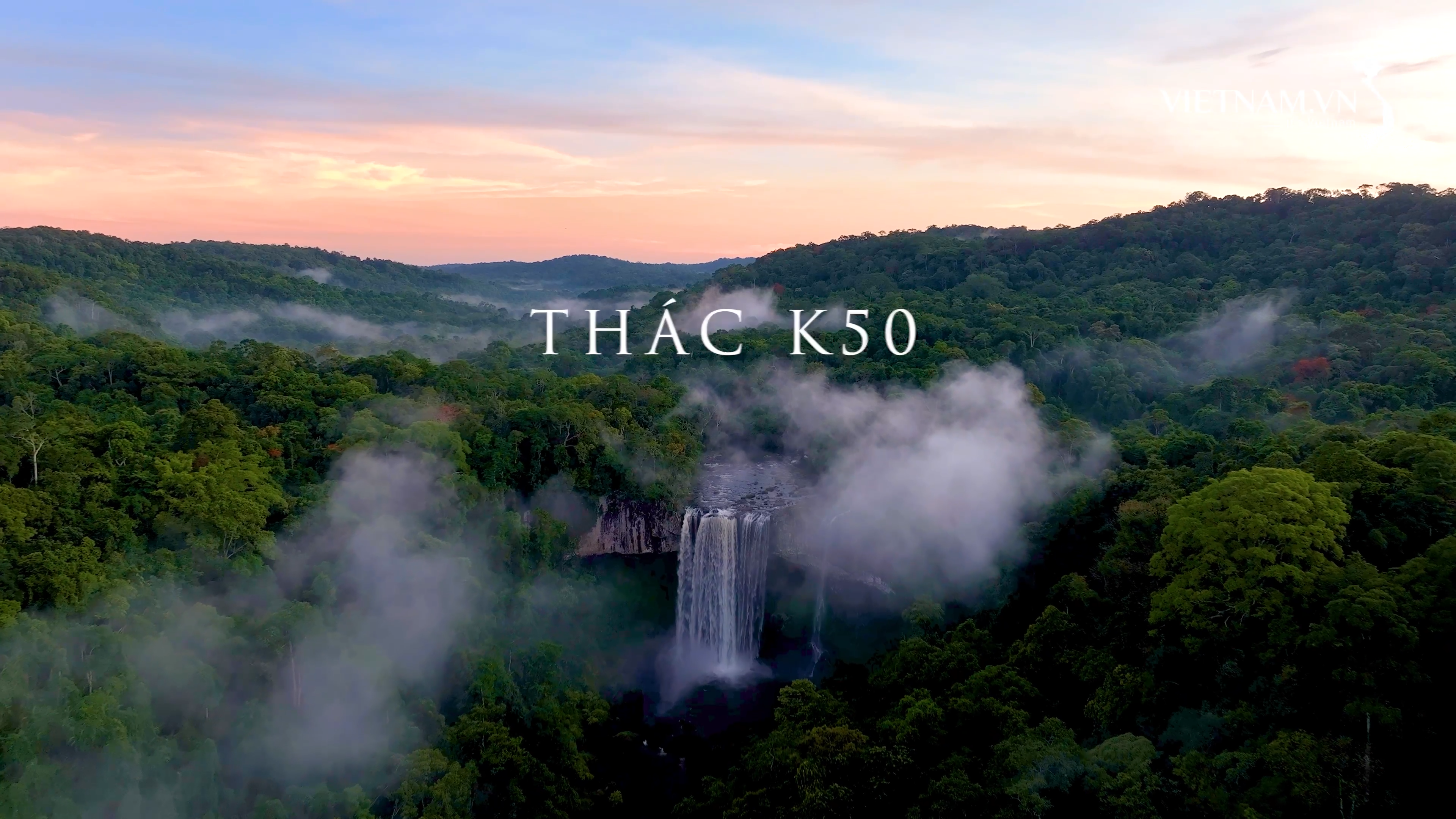
Comment (0)